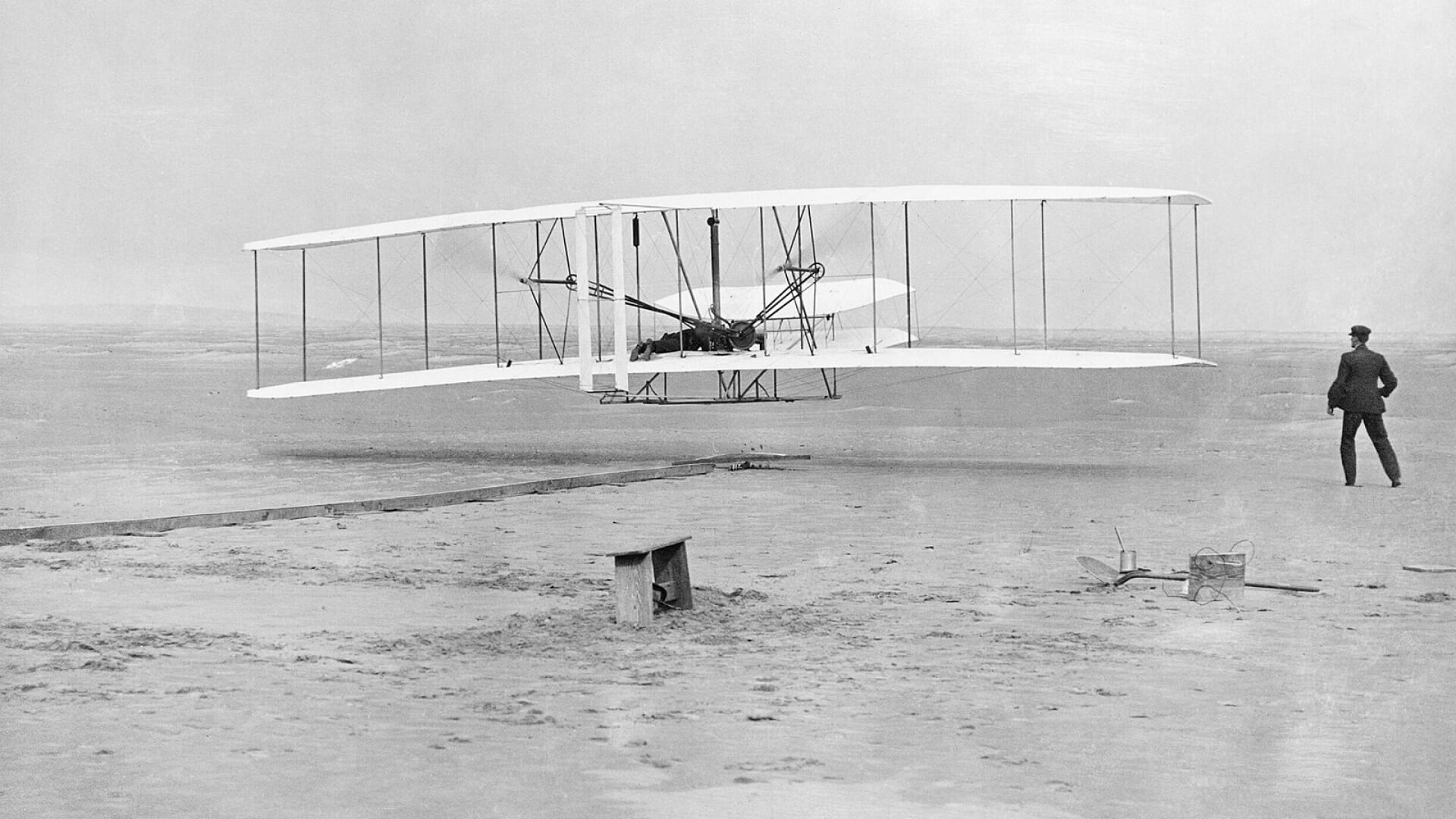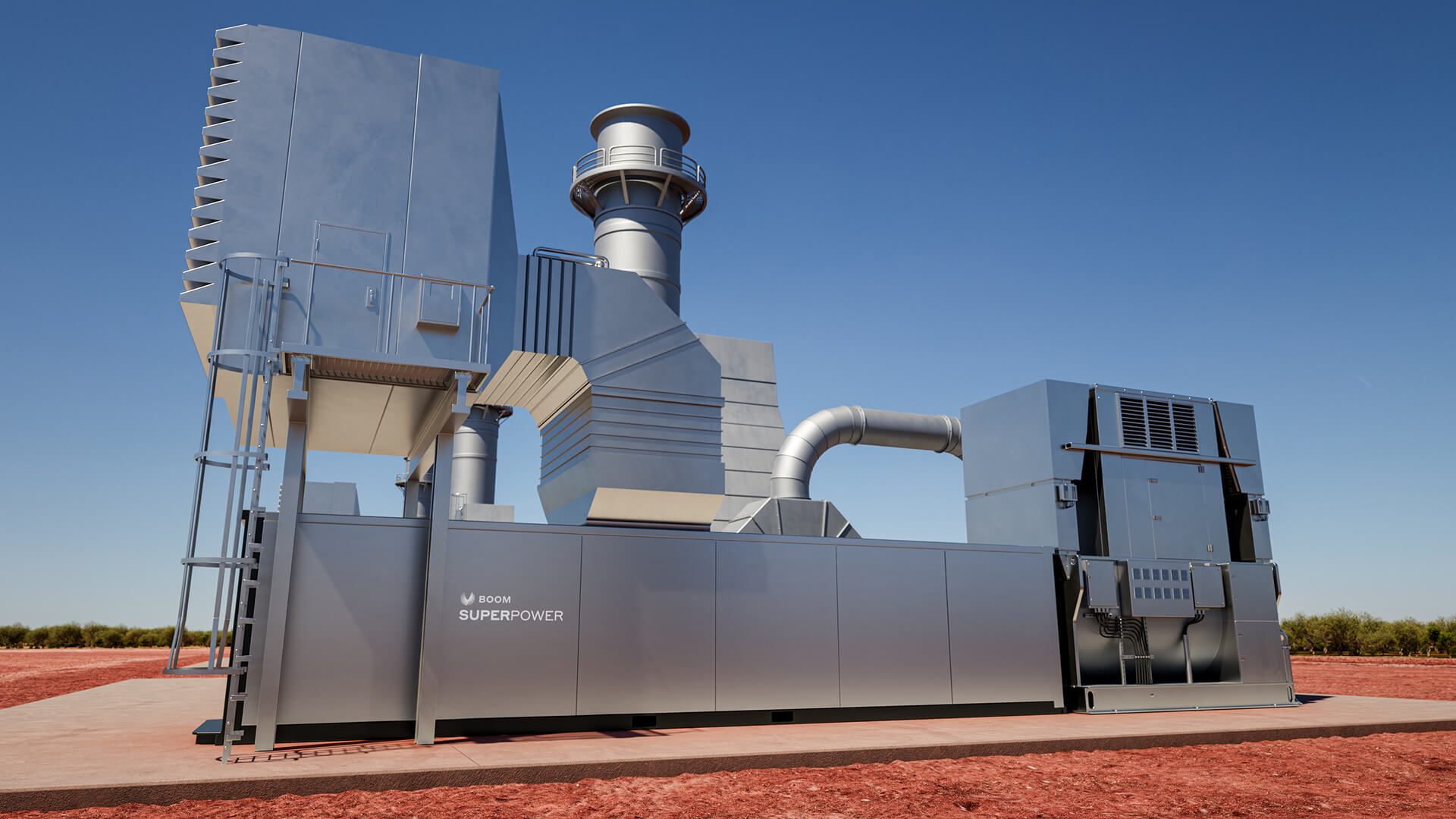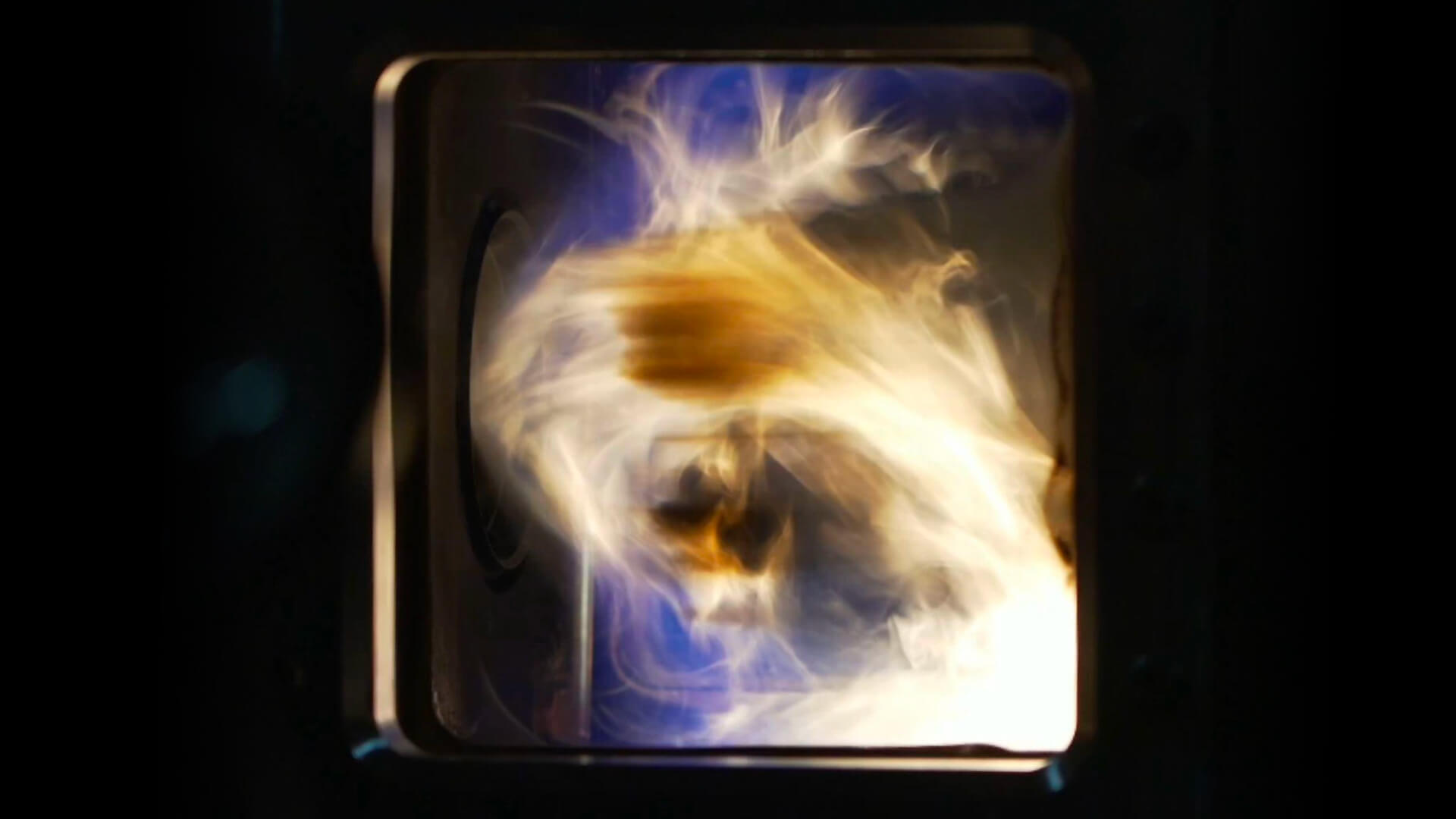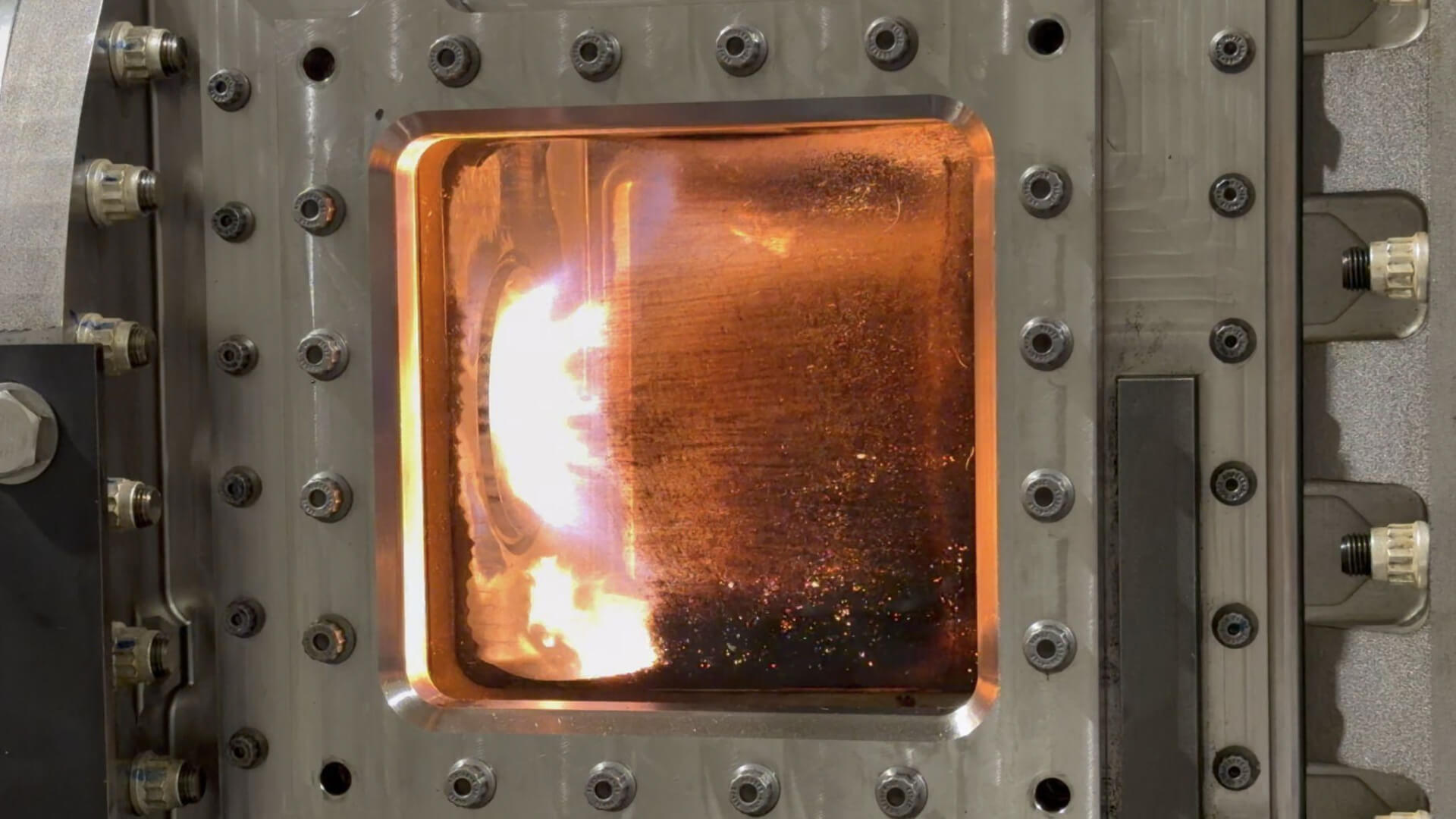Ask a Boom engineer what excites them most, and you’ll hear more than “bringing back supersonic flight.” You’ll hear about trust, about being able to move fast, and about a culture that makes audacious ideas possible. In early 2025, that culture led to one of XB-1’s most remarkable achievements: partnering with NASA to capture a ground-to-air schlieren image of XB-1 in supersonic flight.
Schlieren imaging is rarely attempted in live flight. It demands alignment across aircraft, cameras, and sun to tolerances usually reserved for orbital maneuvers. Most campaigns take multiple attempts before producing usable results. Boom and NASA got it on the very first try.
The image itself—a clean rendering of XB-1’s shockwaves at Mach 1.06—tells one story. But the weeks of late-night math, cockpit software hacks, and team rehearsals tell another.
A Late “What If”
The schlieren shot wasn’t in XB-1’s original test plan. The idea surfaced late in the program’s final stretch: Could we actually capture the shockwaves on camera?
Jeff Mabry, Boom’s SVP of Programs, confirmed with the test team that it wouldn’t interfere with mission objectives. Then he picked up the phone to NASA Armstrong, just down the road at Edwards AFB. As it turned out, a small team at NASA led by Ed Haering was already mulling the same concept. Within weeks, a joint team was planning for the final XB-1 supersonic flights.
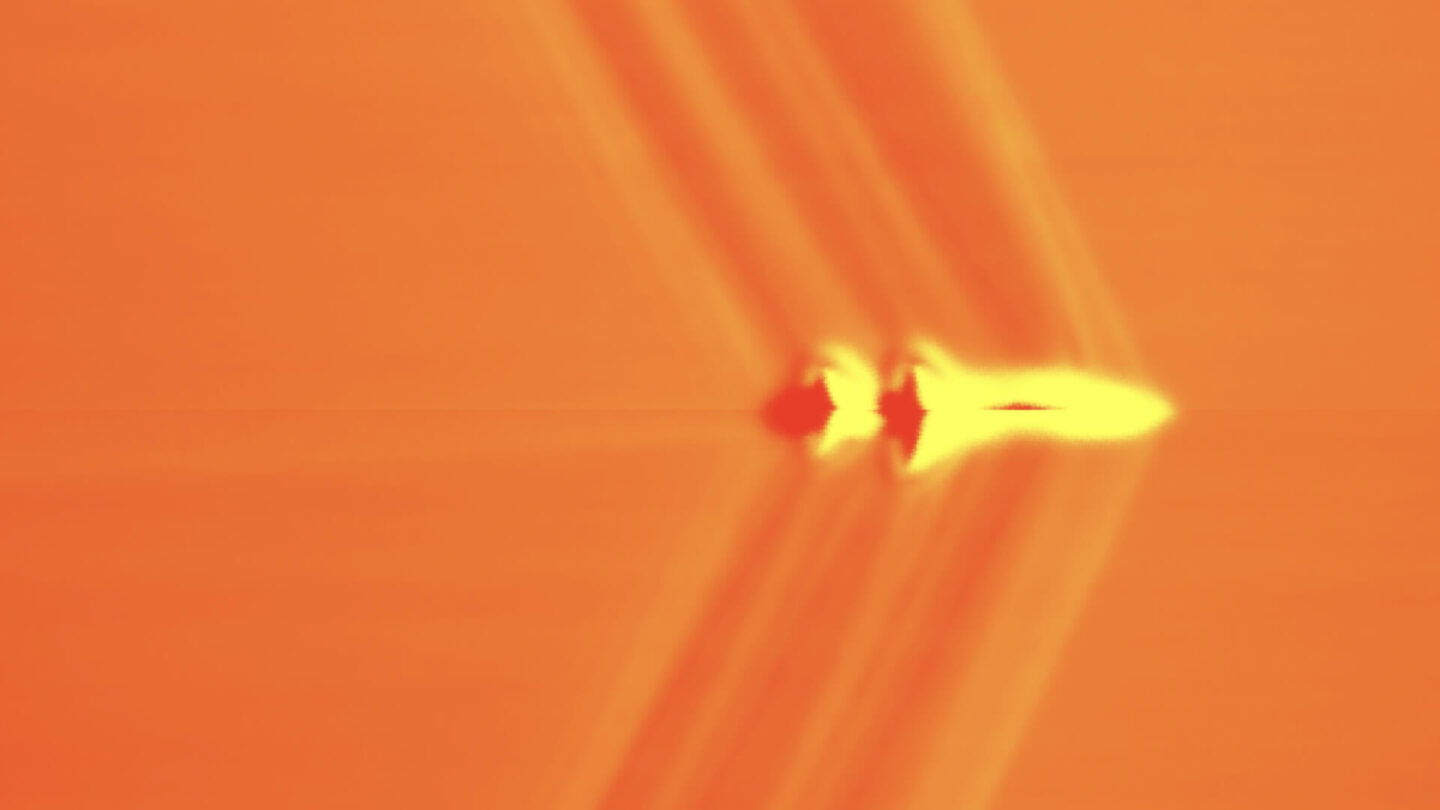
Why Schlieren Is So Demanding
Schlieren imaging uses the way light bends through regions of differing air density. Done right, it reveals shockwaves—those invisible markers of supersonic flight. But in practice, it requires physics-driven choreography with almost no margin for error:
- Solar transit window – XB-1 had to pass exactly between the cameras and the sun. The usable transit lasted only 0.4 seconds.
- Camera limits – NASA’s high-speed telescopic camera could only store ~3 seconds of data per pass. The equipment had to be manually triggered within ±1.5 seconds of perfect alignment.
- Geometry – From the ground cameras’ perspective, XB-1 needed to pass through a three-dimensional box with a tolerance of +/- 250 feet laterally and vertically.
- Time on target – The sun continually changes position, thus both the altitude and GPS coordinates need to be re-calculated dynamically based on the timing of the moment.
Threading that needle, at 35,000 feet and faster than sound, required new tools.

Inventing a Runway in the Sky
Chief Test Pilot Tristan “Geppetto” Brandenburg would fly the profile. But XB-1’s standard avionics weren’t designed to guide a pilot to a GPS point in empty sky with such tight tolerances.
Principal Avionics Engineer Jason Reicheneker had an idea: repurpose the aircraft’s multifunction display (MFD) to create what the team jokingly named the Jason Positioning System (JPS).
In just two weeks, Jason reprogrammed the cockpit display so that the familiar magenta needles of an Instrument Landing System pointed not toward a strip of pavement, but toward a virtual “runway in the sky.”
JPS gave Geppetto:
- A custom Course Deviation Indicator tuned to the precalculated eclipse path.
- A countdown timer tied to GPS distance and speed, giving real-time cues to adjust.
- Integrated fuel and systems data to reduce cockpit workload.
It was elegant in concept, brutal in execution, and exactly what the mission required.
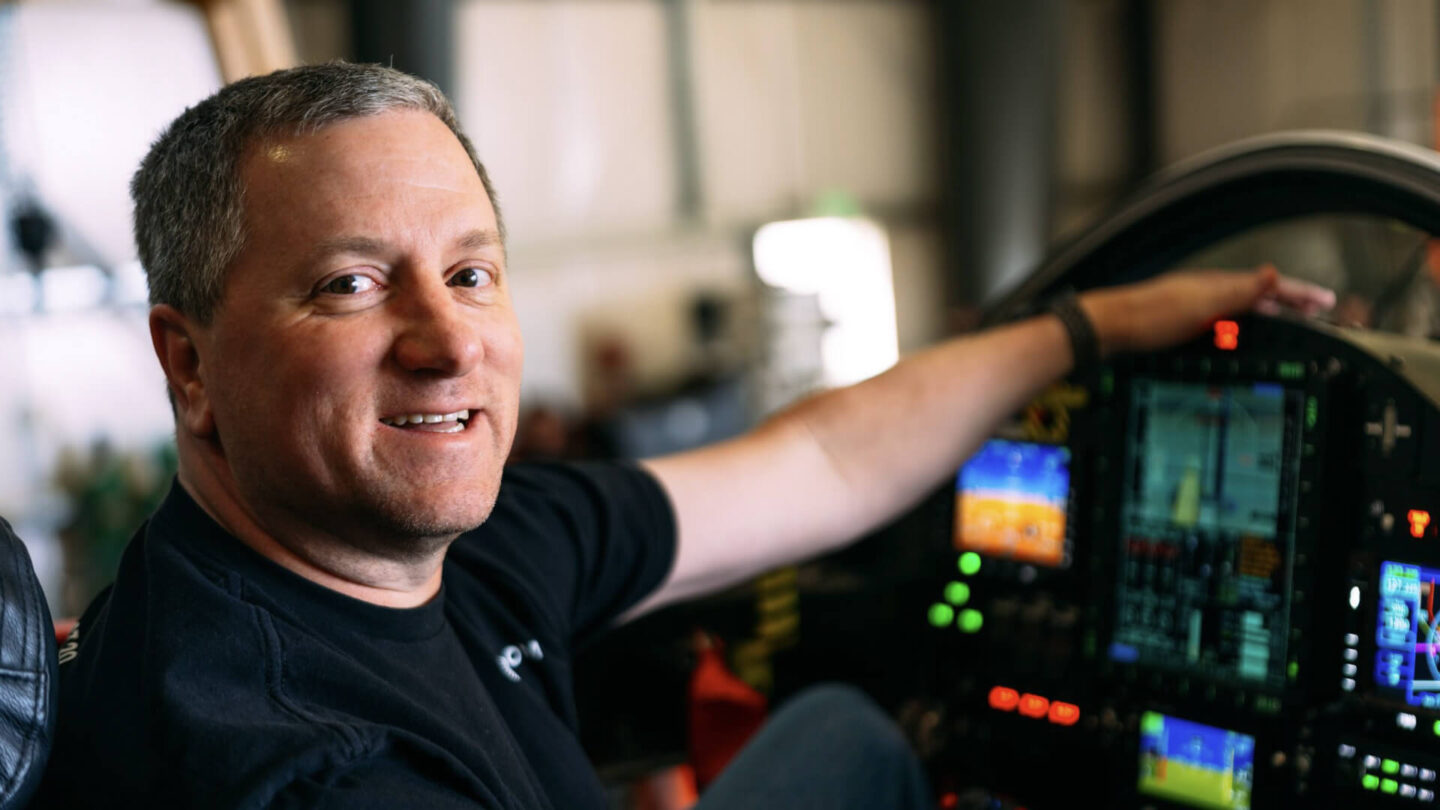
The Math Behind the Flight
Even with JPS, the schlieren run wasn’t something Geppetto could just “wing.” The profile had to be built backwards from a single constraint: the solar transit moment. In advance of the flight, NASA performed the calculations required; taking into consideration the sun’s position of the day, the coordinates of the camera ground station, and the expected Mach number XB-1 would be flying at. The result was a profile of ever-changing altitudes and GPS coordinates that would produce an eclipse if an aircraft could be precisely navigated to that position at just the right moment in time.
Then the XB-1 flight test team worked the math in reverse.
- First, they defined the “time on target” from the range of possible solutions that NASA calculated. If the solar transit would occur at 11:05:00, then Geppetto needed to be perfectly lined up, stable at Mach, and in the right corridor at that second.
- From there, they calculated the lead-in: how many miles it would take to accelerate, how long a 180° turn would require, and when he had to start each phase of the profile to arrive exactly on time.
- The result was a set of timing gates—checkpoints where time and position had to match almost to the second.
At Mach speeds, those gates looked like this:
- 21 miles out (headed out-bound): start the 180° reversal turn at 11:01:30 (since the turn itself took ~90 seconds).
- 21 miles out (headed in-bound): be lined up and accelerating, on centerline, by 11:03:00.
- 11 miles out: achieve final speed at 11:04:00.
- 5.5 miles out: final check at 11:04:30. If he was more than a few seconds early or late here, he adjusted altitude slightly—higher if running behind, lower if running ahead.
All of this played out while XB-1 was covering 9–11 miles every minute, with wind and Mach effects constantly shifting the geometry.
As Geppetto put it: “It was a lot like nailing the timing to push from the holding pattern behind an aircraft carrier at the exact approach time—but this required even more precision, and at much higher speeds and at altitudes XB-1 had never flown before.”
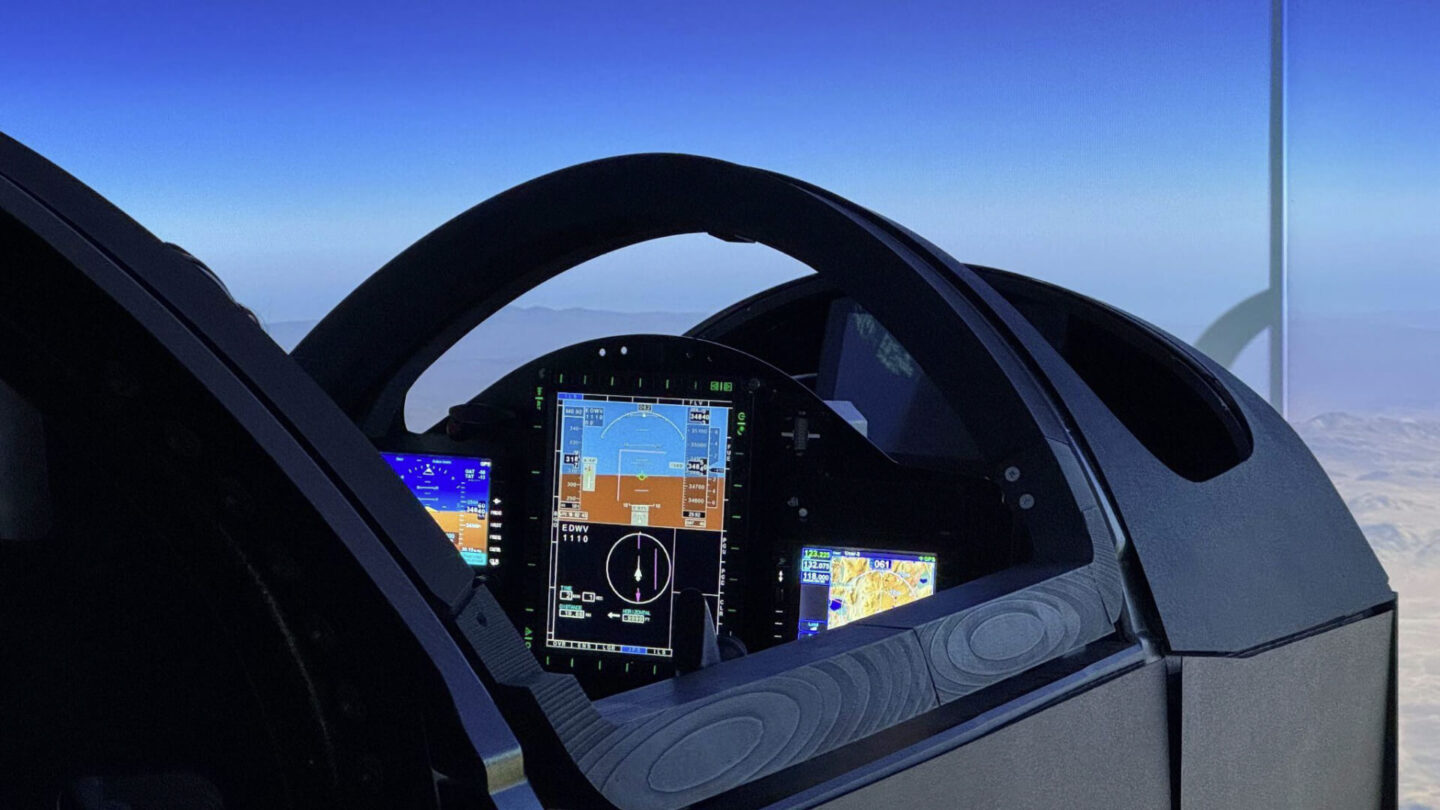
Early Practice Attempts
Timing was tight to develop a solution, but Boom had one advantage that most companies don’t: the ability to build and iterate quickly in-house.
Initially, when JPS was only an idea, there was a thought that the mission may have been achievable using an off-the-shelf hand-held GPS device. To try it out, Geppetto rehearsed the profile in the T-38 trainer aircraft with Erin Young, Boom’s Lead Engineer of Aircraft Systems (and slated to be Test Conductor on the day of the real mission) in the back seat. But unfortunately the pair were met with mixed results:
- Attempt one: Timing perfect, sun completely missed. Altitude had flipped from GPS to barometric mid-run on the hand held unit unknowingly.
- Attempt two: Closer, but the scan was “weird” and very high workload—too many parameters to juggle at once.
- Attempt three: Timing nailed, alignment still imperfect, but confidence was rising.
The T-38 flights proved one thing: Geppetto could force it in an aircraft he knew intimately, pulling 5 g’s without hesitation. But in XB-1, with only a dozen flights under his belt and limited to 2.5 g, the hand-held GPS was not cutting it and he needed JPS to be rock solid.
Geppetto rehearsed the flight in the simulator, and concluded that it was doable, but difficult—something was missing. He and Jason collaborated in the hangar to enhance the MFD and develop what would become JPS.
Jason and Geppetto iterated almost daily. Jason pushed code at night; Geppetto flew it in the morning. By the end of a two week development cycle, JPS was giving Geppetto just what he needed in a crisp, intuitive, visual layout.

The Flight
On the day of what was to be XB-1’s 13th and final flight, Ed Haering and his team from NASA Armstrong set up two telescopes and cameras on the desert floor, at the precise location that would render all of the calculations performed up to that point valid.
At altitude, Geppetto lined up. XB-1 accelerated through Mach 1.06. In the control room, engineers tracked every variable.
“Sixty seconds… thirty… ten… mark.”
Geppetto called the cadence; NASA triggered the cameras.
Flight data confirmed: XB-1 crossed the schlieren window just 146 feet below the calculated centerline—well inside tolerance. The image was crisp, the shockwaves flawless.
On the first attempt.
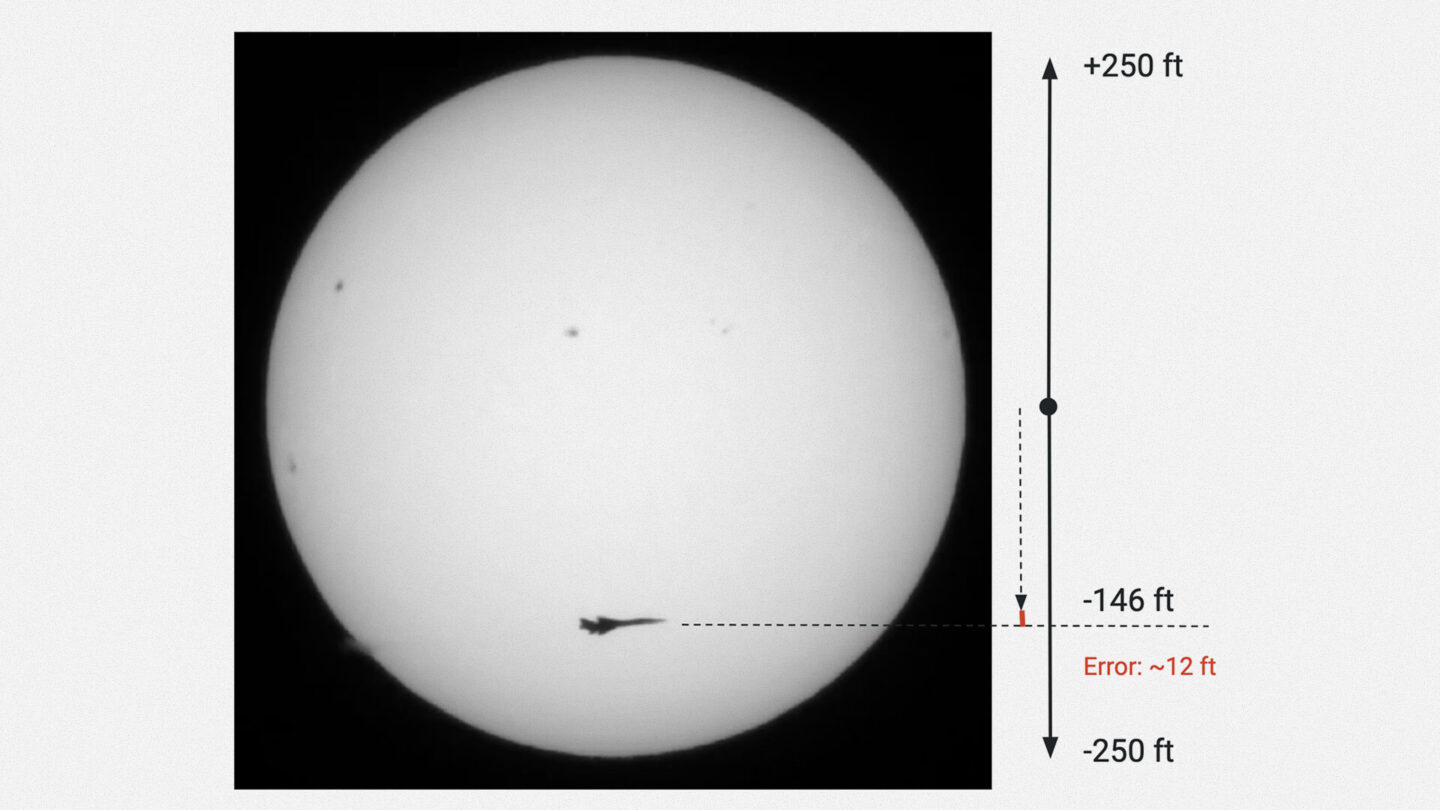
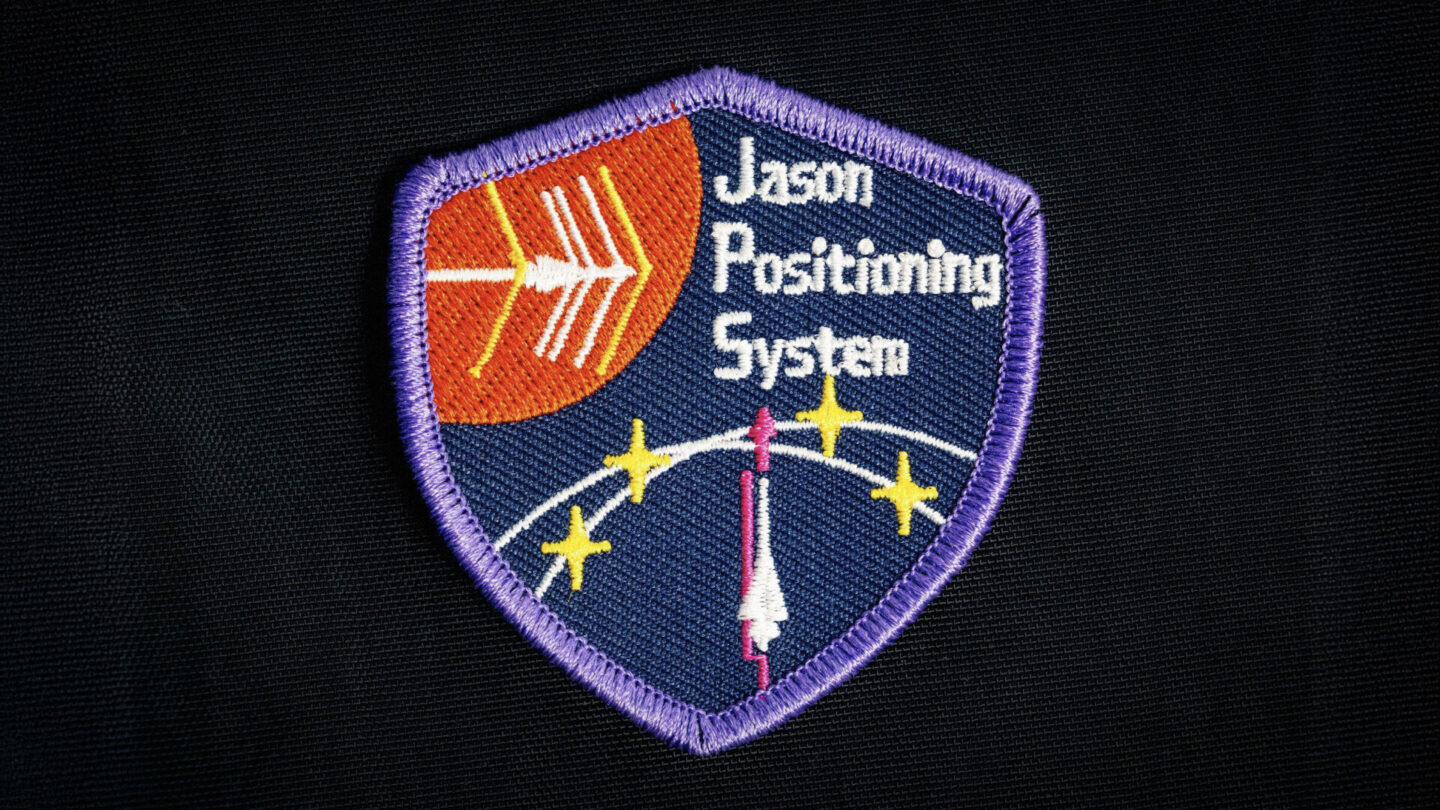
More Than a Photo
The development story of JPS isn’t just about capturing an iconic image. It’s about the kind of culture that makes it possible.
“It’s one thing to fly supersonic. It’s another thing to catch it on camera. And it’s a whole other thing to say, ‘Yeah, we built the avionics system that made it possible.’ You don’t just modify flight-critical avionics in two weeks at most aerospace companies. At Boom, we’re empowered to build what’s needed.”
For Jason, it was a career-defining moment.
“As an engineer, you work for years on things nobody outside the program ever sees. Then one day, you get a moment like this, where your work literally makes the invisible visible. That’s something I’ll carry forever.”
The schlieren capture was more than a technical stunt. It was proof of Boom’s culture: move fast, trust your people, and turn “what if” into reality.

A Culture of Possibility
The schlieren image capped XB-1’s flight test program with a message: supersonic isn’t just about speed. It’s about showing what’s possible when small, empowered teams push the edge.
For Geppetto, Jason, Erin, and every member of the XB-1 team, the schlieren shot wasn’t just a picture. It was a shared achievement that demonstrated exactly what makes Boom different: the audacity to try, the ingenuity to solve, and the precision to succeed.
One pass. One photo. One team proving what’s possible.

